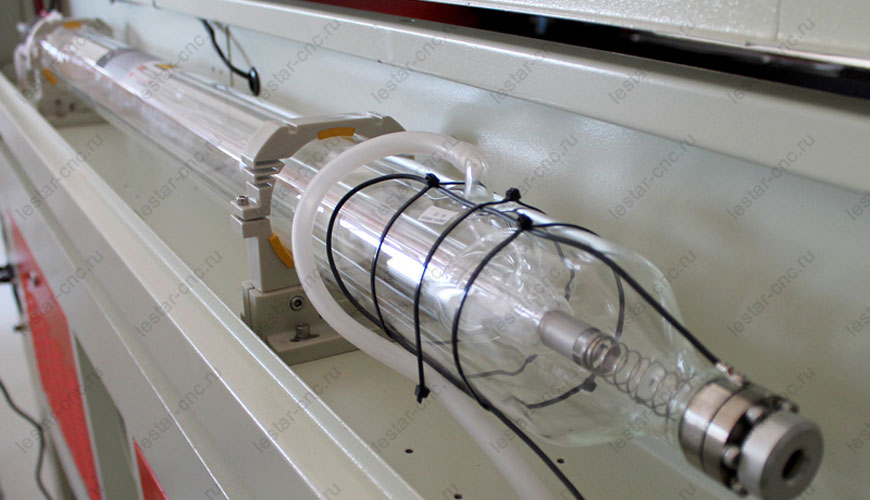

EUROLAB laboratory provides testing and compliance services within the scope of ASTM E1225 standard. The ASTM E1225 standard defines a steady-state technique for determining the thermal conductivity (λ) of homogeneous-opaque solids. This test method is applicable to materials with effective thermal conductivity in the range of 90 < λ < 1300 W/(m·K) in the temperature range from 0,2 K to 200 K. It can be used with reduced accuracy outside of these ranges.

For the purposes of this technique, the system is homogeneous if, for example, its apparent thermal conductivity, λA, does not change by more than ±5% with changes in thickness or cross-sectional area. For composites or heterogeneous systems consisting of sheets or sheets glued together, the sample should be greater than 20 units wide and 20 units thick, respectively, when one unit is the thickness of the thickest sheet or sheet, so that the diameter or length changes by one unit. -half a unit will affect the apparent λA by less than ±5%.
For systems that are opaque or partially transparent in infrared, the combined error due to inhomogeneity and photon transmission should be less than ±5%. Measurements on highly transparent solids should be accompanied by infrared absorption coefficient information or the results should be reported as apparent thermal conductivity, λA.
This test method can also be used to evaluate the contact thermal conductivity/resistance of materials and composites.
The comparative method of measurement of thermal conductivity is particularly useful for engineering materials including ceramics, polymers, metals and alloys, refractories, carbons, and graphites, including combinations of each and other composite forms.
The proper design of a shielded longitudinal system is difficult, and it is impractical to try to establish construction details and procedures in this type of method to cover all the possibilities that may present difficulties to a person without technical knowledge of heat flow theory, temperature measurements and general test practices. Standardization of this test method is not intended to limit researchers in any way the future development of new or methods or improved procedures. However, new or improved techniques should be extensively tested.
Values stated in SI units should be accepted as standard. No other units of measurement are included in this standard.
This standard does not purport to address all, if any, safety concerns associated with its use. It is the responsibility of the user of this standard to establish appropriate safety, health and environmental practices and to determine the applicability of regulatory restrictions prior to use.
Our organization, EUROLAB, provides standard test method services for the thermal conductivity of solids using the shielded-comparative-longitudinal heat flow technique, within the framework of national and international standards, with its trained and expert staff and advanced technological equipment, among numerous test, measurement, analysis and evaluation studies. Provides testing services within the scope of ASTM E1225 standard.
To get an appointment, to get more detailed information or to request an evaluation, you can ask us to fill in our form and reach you.